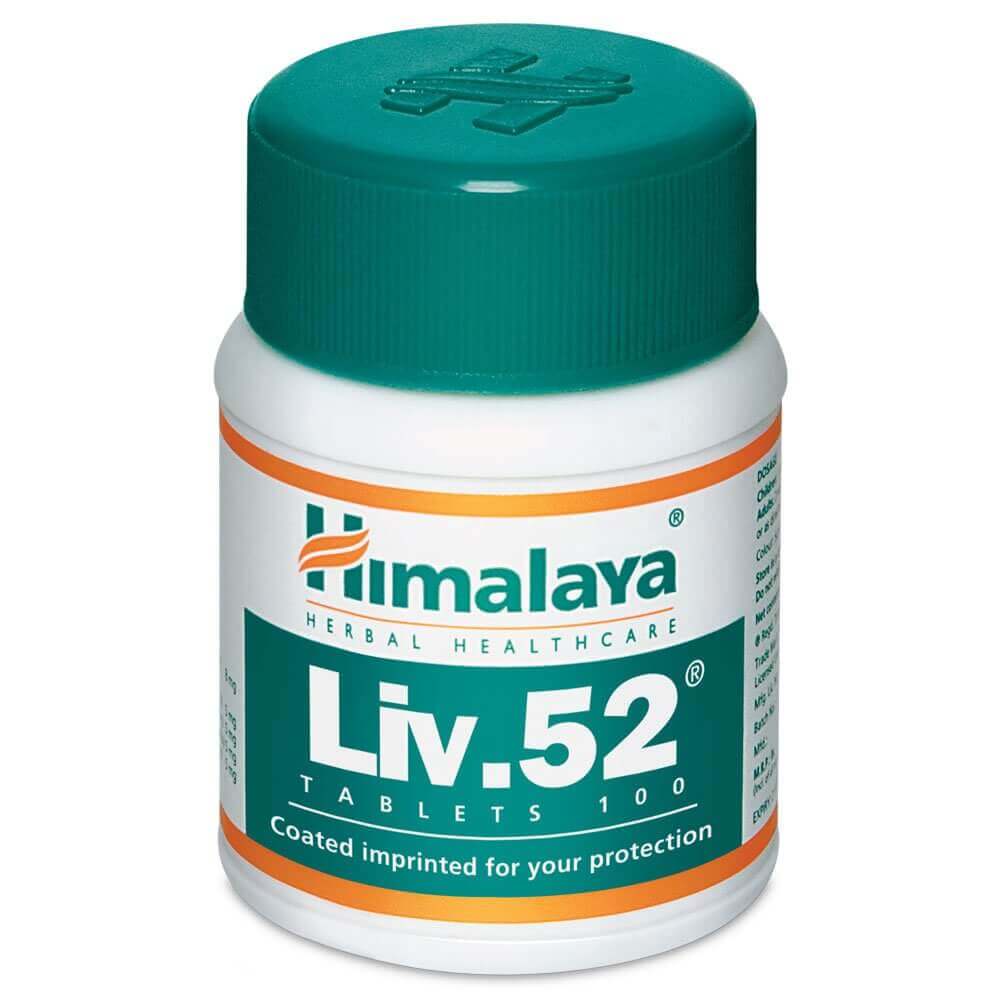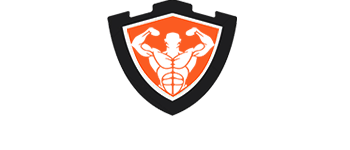Why Protect Your Liver During A Steroid Cycle?
Protecting The Liver
 It should by now be very apparent as to why protecting the liver is absolutely crucial during a steroid cycle.
It should by now be very apparent as to why protecting the liver is absolutely crucial during a steroid cycle.
This isn’t a time for deciding whether or not you’re definitely going to face issues, or for debating with a friend in the locker room the likelihood of them being serious if they do manifest and whether or not the cost of protection outweighs the risk.
This is a time for looking at the facts and disregarding opinions; all of the elements we’ve discussed so far are necessary not only for maximum results from your training regime, but also for keeping you alive.
If you’d prefer to forego the cost of protection and risk any of the adverse issues we’ve discussed arising, then that is of course your choice. Perhaps the best advice to give at this stage would be to say that if cost is too much of a factor to allow you to run a “full” cycle with all of the appropriate protection in place, then spending your money on excellent nutrition and training advice whilst making the most of your natural ability would be the best and safest route to go down.
Steroid Types And Their Impact On The Liver
We’re now going to look at steroid types on an individual basis and explain their potential impact on the liver. At this stage, you’re already aware that oral steroid types can have a negative impact, but interestingly so too can injectable steroids.
It is actually quite difficult to ascertain a very specific means of measuring which steroids are likely to present more of a risk than others, but we can gain a rough idea by observing their anabolic / androgenic rating.
The following list displays the individual ratings of each steroid type and provides a rough “strength” reference guide – please note that it is by no means pinpoint accurate in terms of toxicity risk and we’ll elaborate a little further on that once you have viewed the list as follows:
- Anadrol: Anabolic/Androgenic: 320/45
- Anavar: Anabolic/Androgenic: 322-630/24
- Deca-Durabolin: Anabolic/Androgenic: 125/37
- Dianabol: Anabolic/Androgenic: 90-210/40-60
- Equipoise: Anabolic/Androgenic: 100/50
- Halotestin: Anabolic/Androgenic: 1,900/850
- Masteron: Anabolic/Androgenic: 62/25
- Primobolan: Anabolic/Androgenic: 88/44-57
- Testosterone: Anabolic/Androgenic: 100/100
- Trenbolone: Anabolic/Androgenic: 500/500
- Winstrol: Anabolic/Androgenic: 320/30

This is ONLY the case however when the products anabolic rating is in fact pinpoint accurate – in some instances (especially with anavar), this rating doesn’t actually carry over into real world functional results, meaning that the item is much milder than the sum of its parts.
You can find more information about each individual steroid type on their profiles, but as a general rule of thumb, you can expect a higher element of risk if the anabolic rating is higher unless stated otherwise.
The Liver And Protein Synthesis
We’re going to discuss liver protein synthesis in a twofold capacity; the first being the impact it has on the synthesis of skeletal muscle and the second being the impact it has on the creation of proteins that are vital for our metabolic and digestive processes.
Arguably, these two elements tie in closely with one another and are related as we’ll soon discuss.
The liver is responsible for the production of all plasma proteins, which it effectively synthesises through the utilisation of nutrients from the food we ingest.

The reason why these proteins are so important is due to the unique amino acid sequences they each contain. Proteins actually contain 50 or more of these acids, and they are often described as being the building blocks of the human body.
There is actually another amino acid based molecule type known as a peptide – the difference being that peptides contain less than 50 amino acids.
The reason why we’re currently highlighting this is to make you aware that amino acids in varying combinations are capable of “unlocking” physical and neurological responses within the human body.
As such, nothing could be more important and crucial to our health than the production of these acids – this is another reason why the liver is so important. It helps to establish this “operating” system, thus meaning that we are able to function properly.
In this instance, the proteins and amino acids contained therein are intended for the optimisation and basic maintenance of our digestive, immune and metabolic processes – to name but a few.
As previously mentioned, this also has a dramatic impact on our ability to progress with our physical goals. If you train for aesthetic or athletic benefits, you should already be well aware that nutrition is king if you want your body to evolve in any capacity whatsoever.

As a result – you simply couldn’t make any significant progress in your training.
